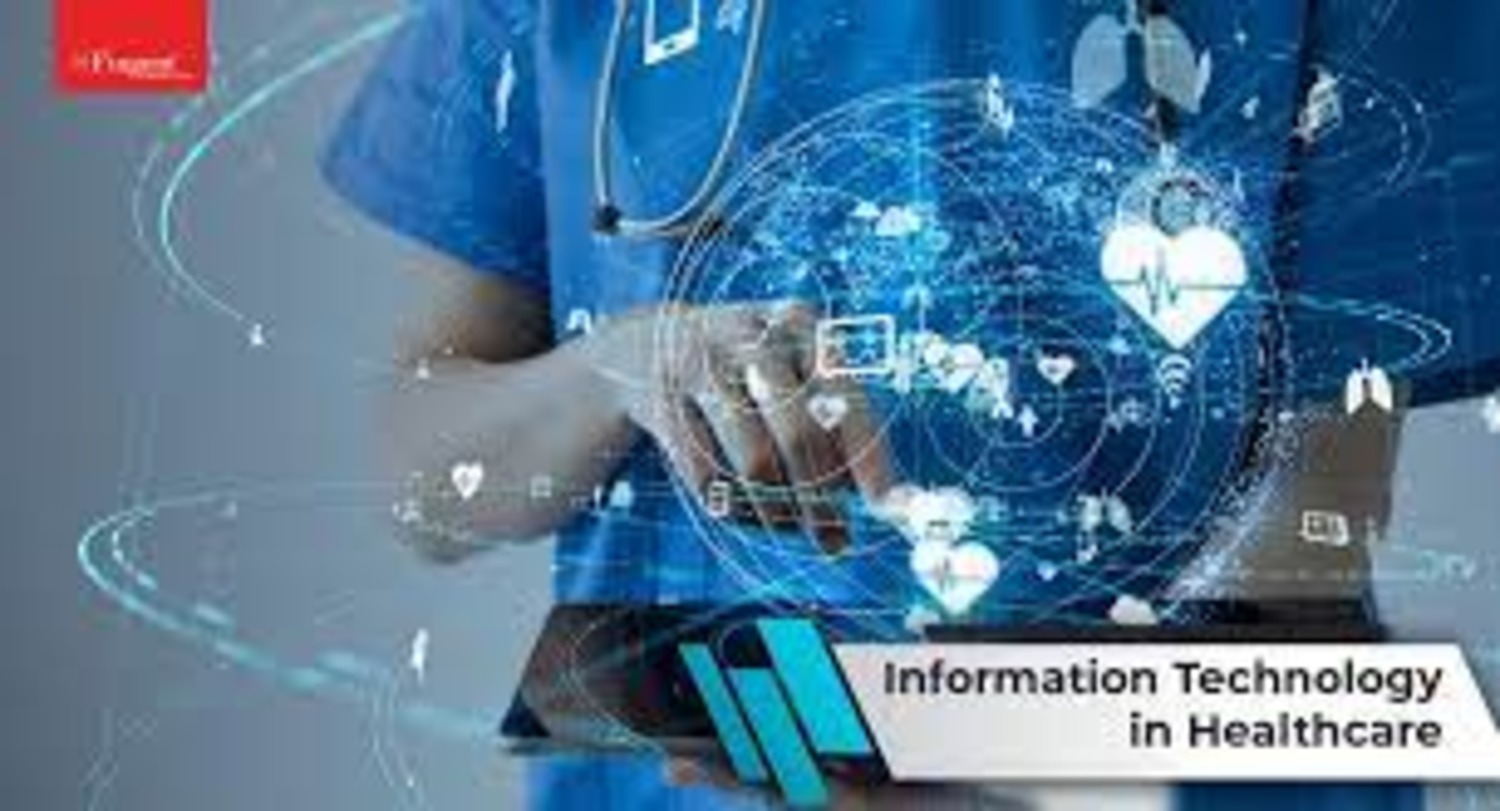Between new regulations, changing patient expectations and transformative technology, healthcare organizations need to stay on top of their game. This is why efficient and secure information technology services are essential for medical facilities.
Patient portals
Patient portals enable patients to access their health records online. They can view appointment information, medications and lab results. Some even allow active communication with their physicians and prescription refill requests. These tools are becoming increasingly popular for both healthcare providers and patients. However, there are still several challenges to their adoption.
Research has shown that a patient’s interest and ability to use portals is influenced by many factors, including their demographics, education level, and health literacy. Moreover, studies have demonstrated that patient portal usability is dependent on content accuracy and accessibility. Thus, it is important for clinicians to consider patient portal usability when developing and implementing new technology.
Although most patients have access to a patient portal, many do not use it. Nonusers are more likely to be male, have less than a bachelor’s degree, and be on Medicaid. Moreover, they are more likely to report that they have no reason to use the portal. These factors indicate that patient portals can exacerbate or create disparities, depending on how they are designed and implemented.
To encourage patients to use their patient portals, physicians should make sure that the software is HIPAA-compliant and offers a secure connection. In addition, it should offer features such as medication reminders, a health care library and the ability to upload documents. The software should also have a flexible interface so that it can be customized to fit the needs of a particular clinic.
Electronic health records
Electronic health records (EHRs) are a central piece of healthcare information technology that allows doctors and other medical professionals to keep track of a patient’s overall health status. They also help to eliminate the need to track down a patient’s previous paper medical charts and allow for open communication between patients and providers. Additionally, they can help to ensure that all data is accurate and legible.
EHRs are typically based on a digitalized version of a patient’s traditional paper chart and include functionality for computerized provider order entry, laboratory and imaging reporting, and medical device interfaces. These systems can improve health care delivery in many ways, including reducing medical errors, improving patient safety, and allowing for better tracking of a patient’s progress and treatment over time.
Some healthcare providers have reported that EHRs save them 10 to 20 hours per week in documentation, giving them more time to spend with their patients. However, critics have pointed out that these systems come with a steep learning curve and can cause physicians to focus more on the computer than the patient in front of them.
The federal government has created EHR incentive programs to encourage their adoption and support their use in delivering better patient outcomes. To qualify for these incentives, healthcare organizations must demonstrate that their EHRs meet certain criteria and standards. These criteria are known as meaningful use.
Practice management software
Practice management software automates and centralizes administrative tasks, boosting efficiency and productivity. It can also integrate with EHR systems, eliminating the need for duplicate data entry and enhancing communication between medical staff members. Additionally, it can provide valuable insight into medical practice performance, demographic trends, and operational improvements.
It can help reduce the number of missed appointments and no-shows by sending patients reminders via email, text, or phone call. This feature helps ensure that medical records and treatment plans are current, and it can also help improve patient retention. Moreover, it can also help reduce the time spent looking up critical medical information and other documentation.
When choosing a healthcare IT system, look for one that offers comprehensive features and a user-friendly interface. It should also offer customized staff training and support. Moreover, it should prioritize security and compliance with industry regulations. Otherwise, it could be susceptible to hacking and other security breaches, which can lead to legal and reputational consequences for the healthcare facility.
Aside from simplifying daily operations, practice management software can help save your staff and physicians plenty of work hours by streamlining various processes. For instance, it can automatically file and organize patient documents, thereby saving storage space and reducing clutter. It can even help in visual resource planning by managing patient flow based on available examination rooms. It can also enable medical professionals to access radiology images directly through a radiologist information system (RIS) or picture archiving and communications system (PACS) interface.
Telemedicine
Telemedicine is the use of electronic information and telecommunication technologies to provide health-related services that enable long-distance patient and clinician contact, care, advice, reminders, education, intervention, monitoring, and remote admissions. It also allows access to remote diagnostic tools. It can include videoconferencing, audio communications, and digital transmission of data and images. The term telehealth also refers to remote monitoring of patients’ vital signs and status using devices like heart rate monitors, blood pressure meters, and glucose monitors.
Over a half million physicians, 1.5 million nurses, and many other health care professionals have already used teleconferences for continuing medical education, and specialists such as radiologists are already gaining experience in transmitting images of patients via telemedicine systems.
Although these clinical applications of telemedicine are quite diverse, they all share important features. They offer the potential to improve patient outcomes, reduce costs, and increase the accessibility of health services. They also facilitate the sharing of best practices and treatment options between healthcare providers.
To make telemedicine work, health care providers and their patients need a secure internet connection and reliable equipment. Usually, the health care provider will use a telemedicine platform that provides HIPAA-compliant video conference software for consultations and a virtual clinic management system for scheduling and payments. Individuals may want to test the software ahead of time to ensure that it works correctly and they have a good Internet connection.

